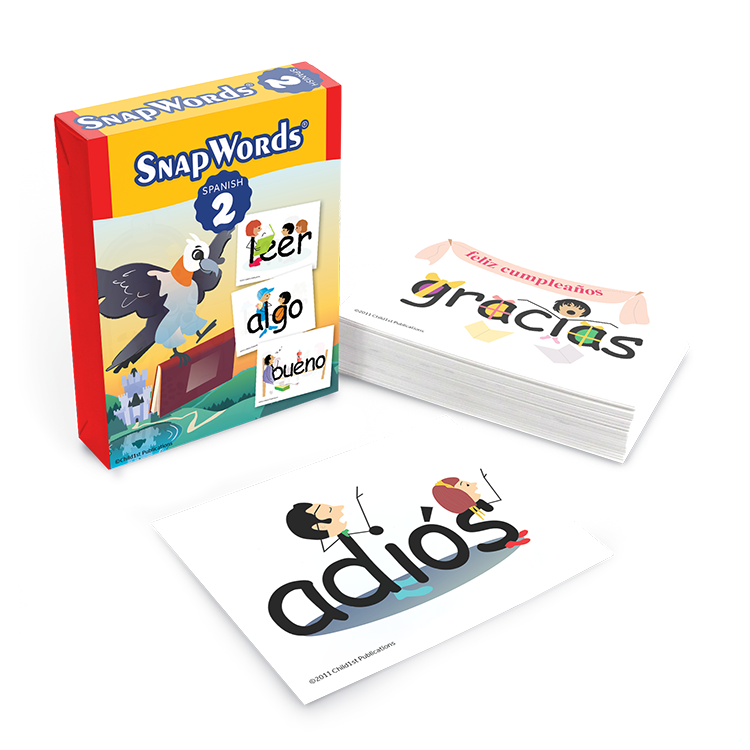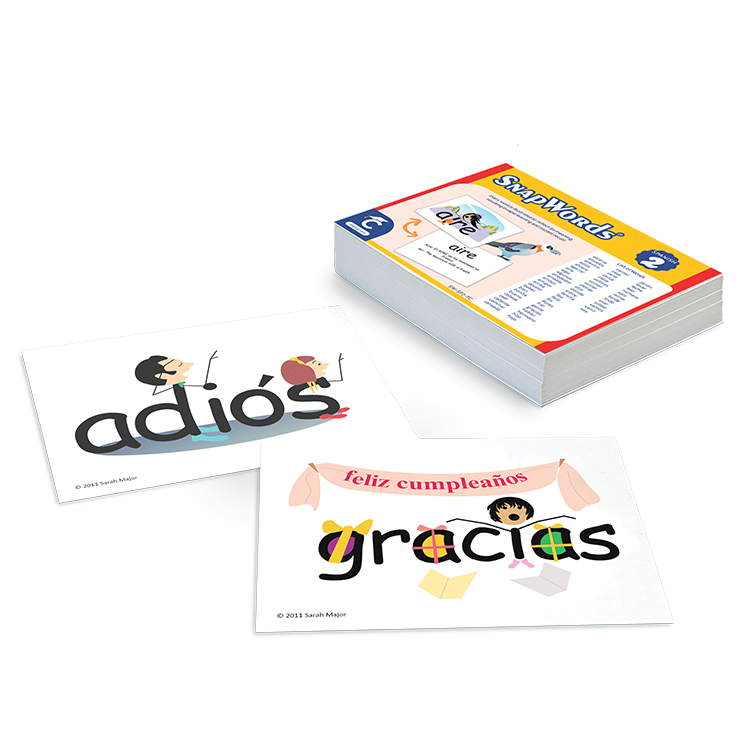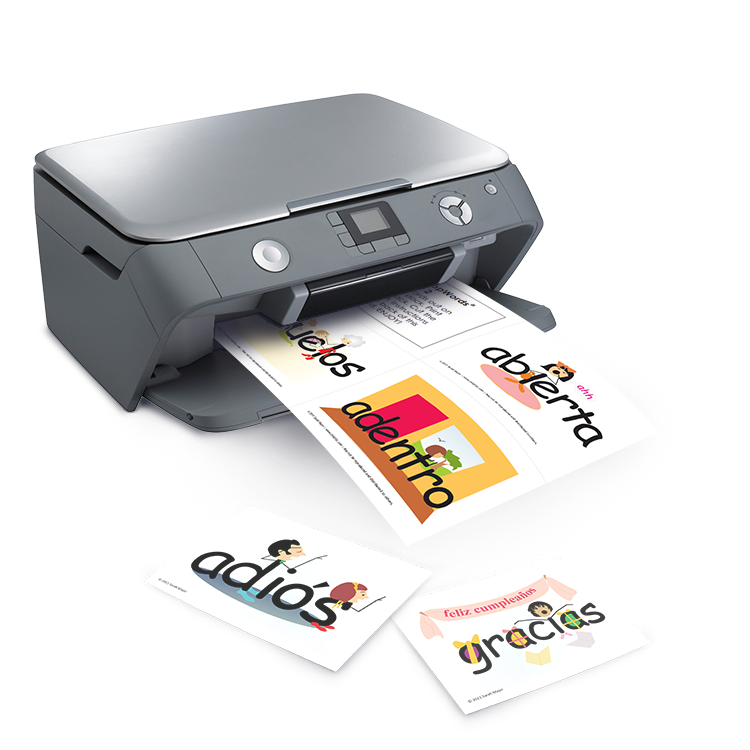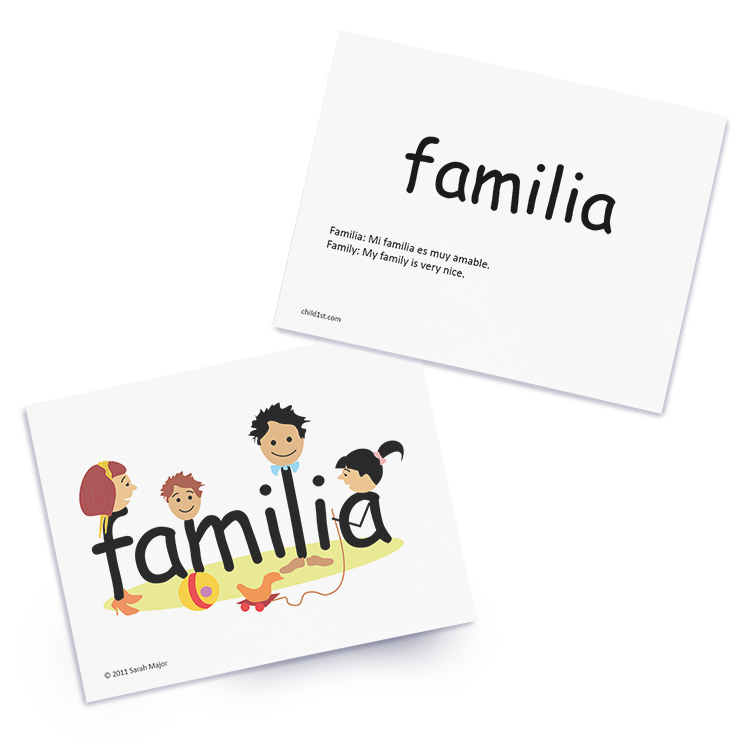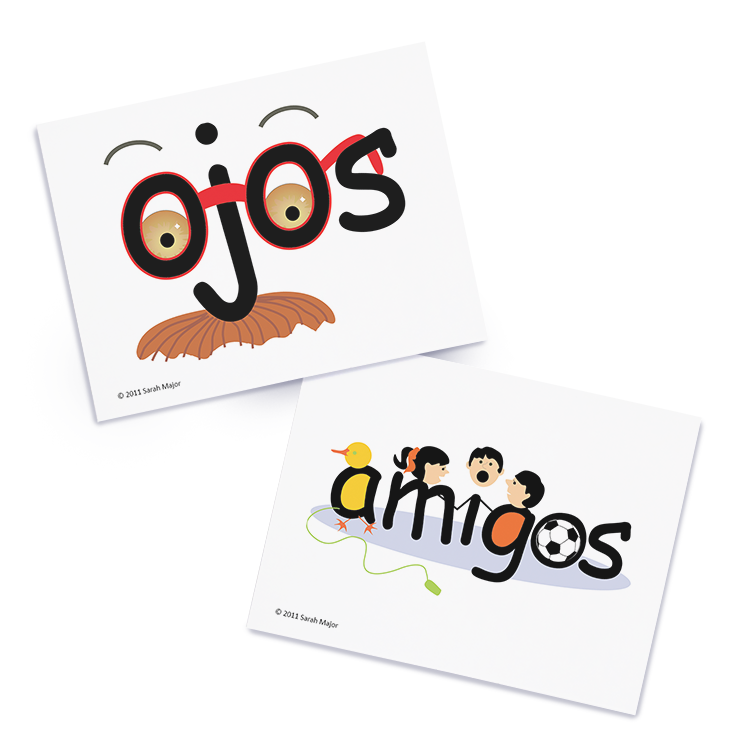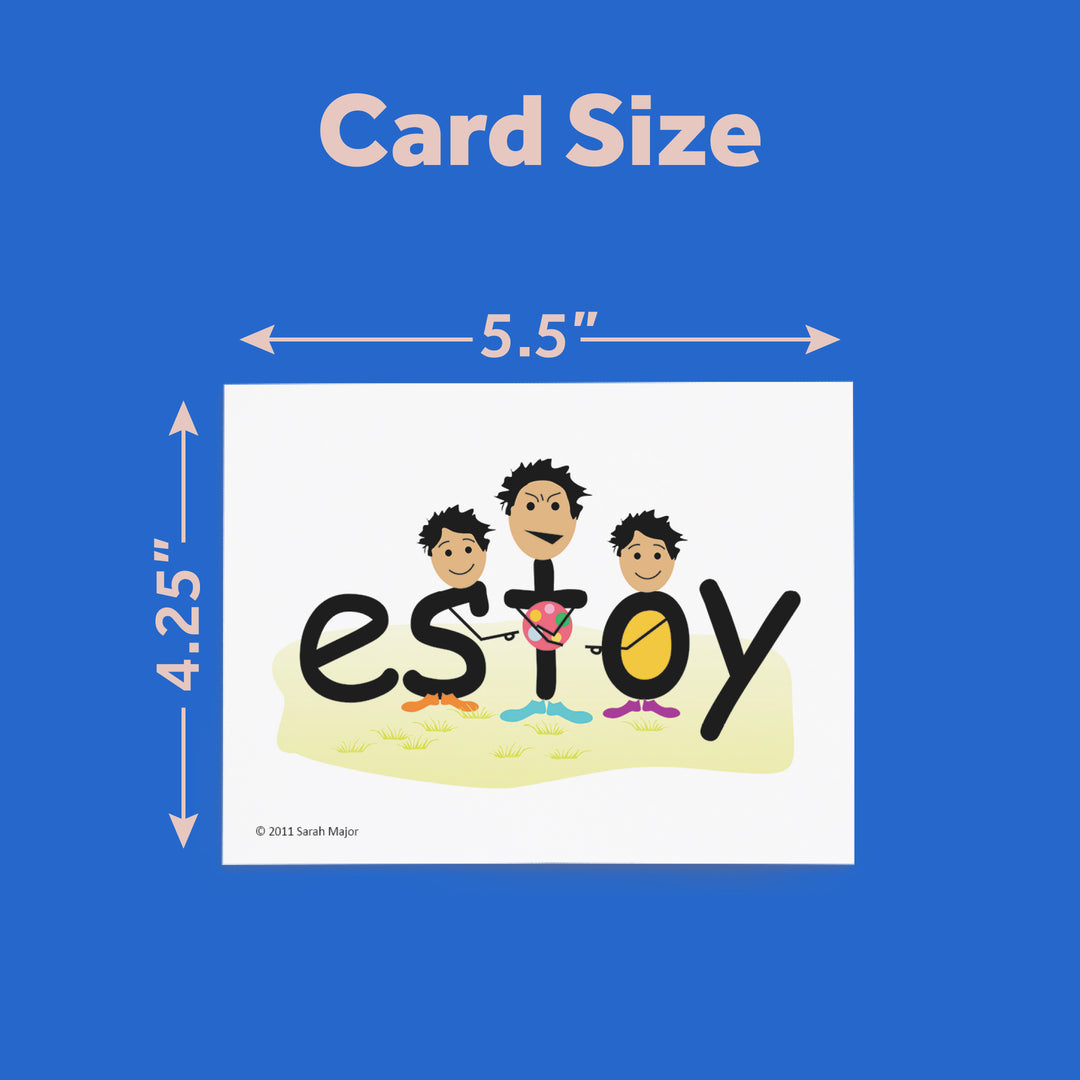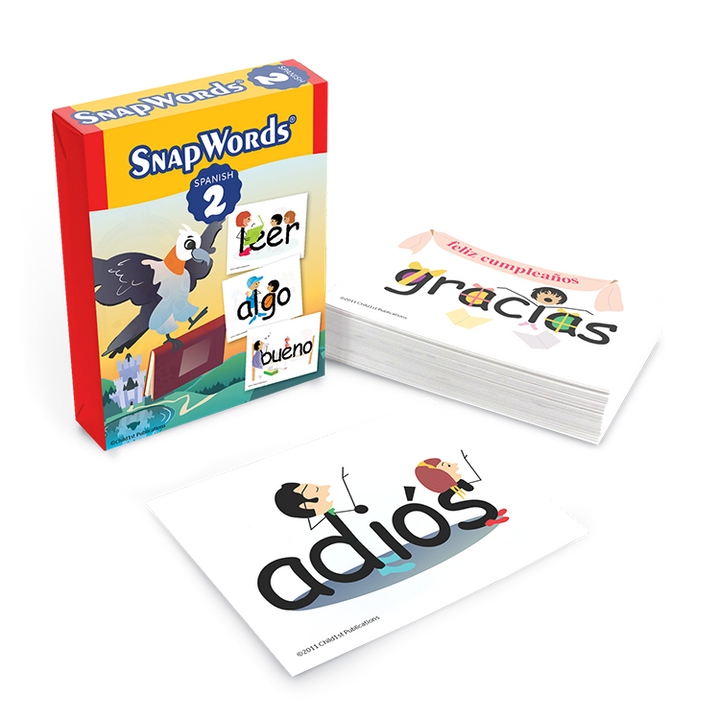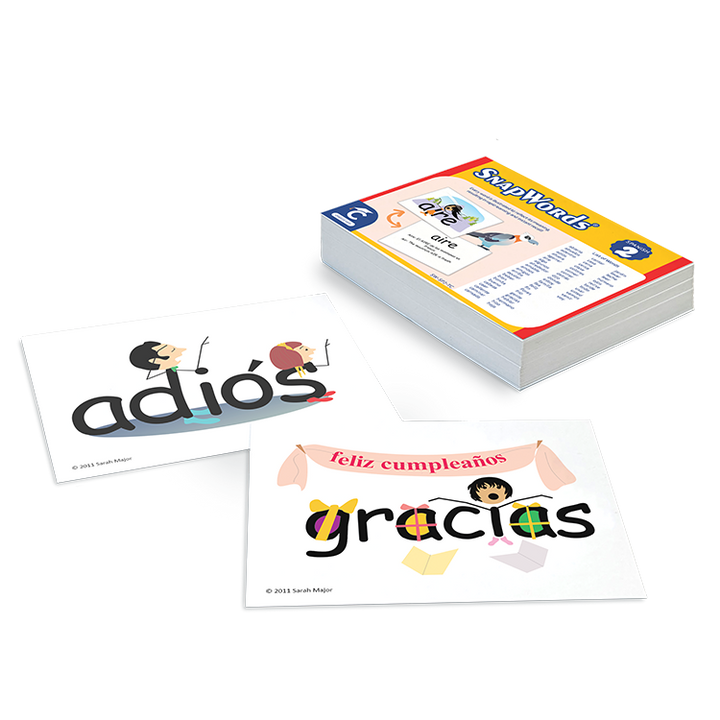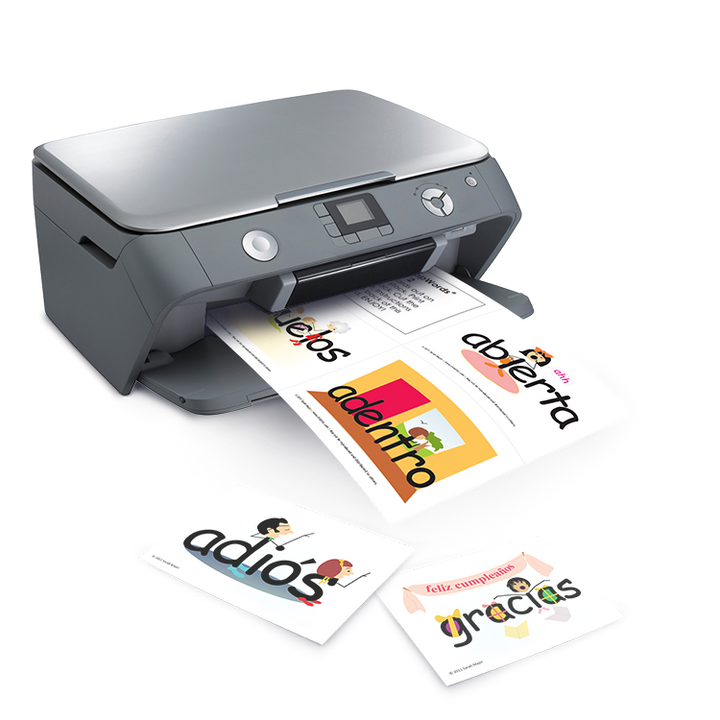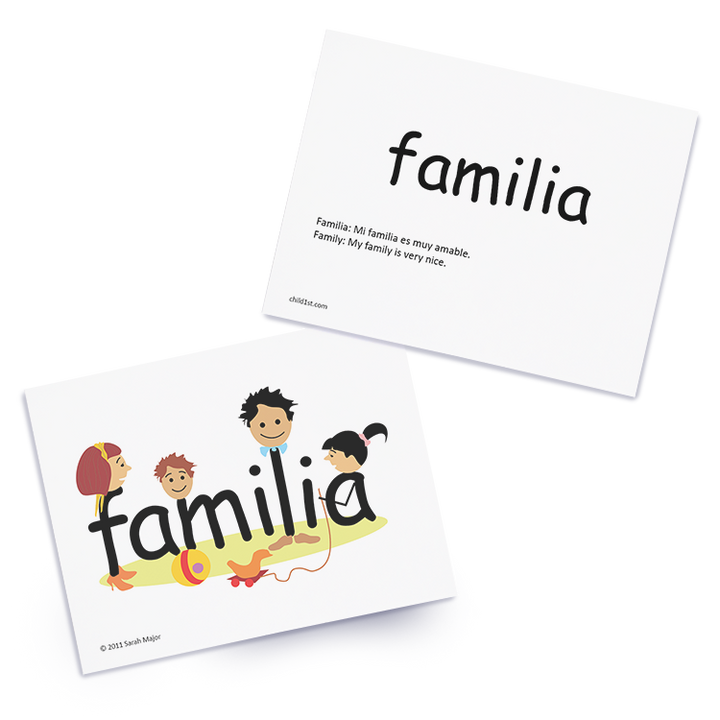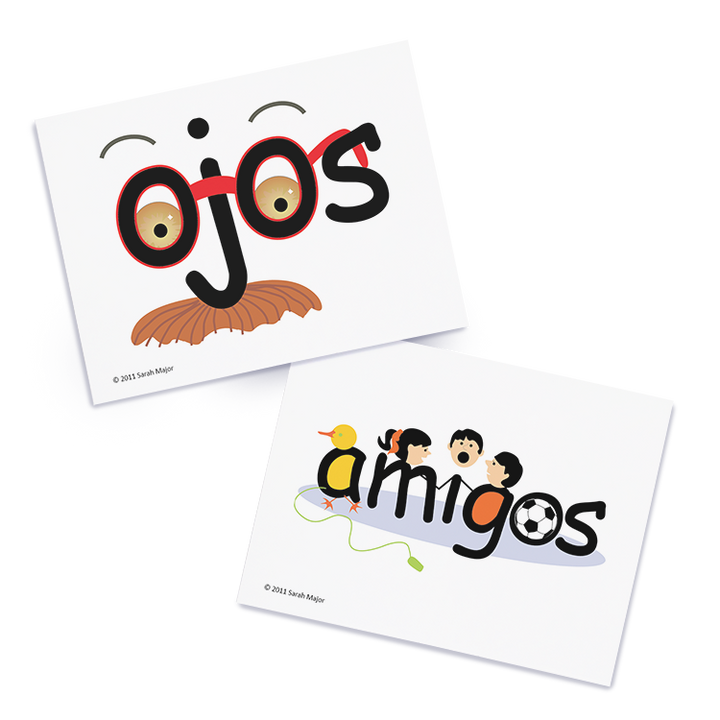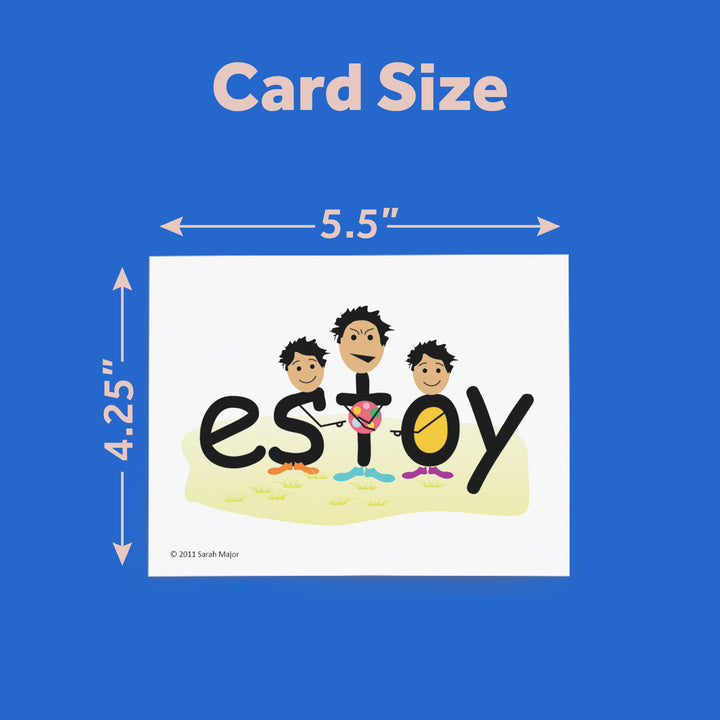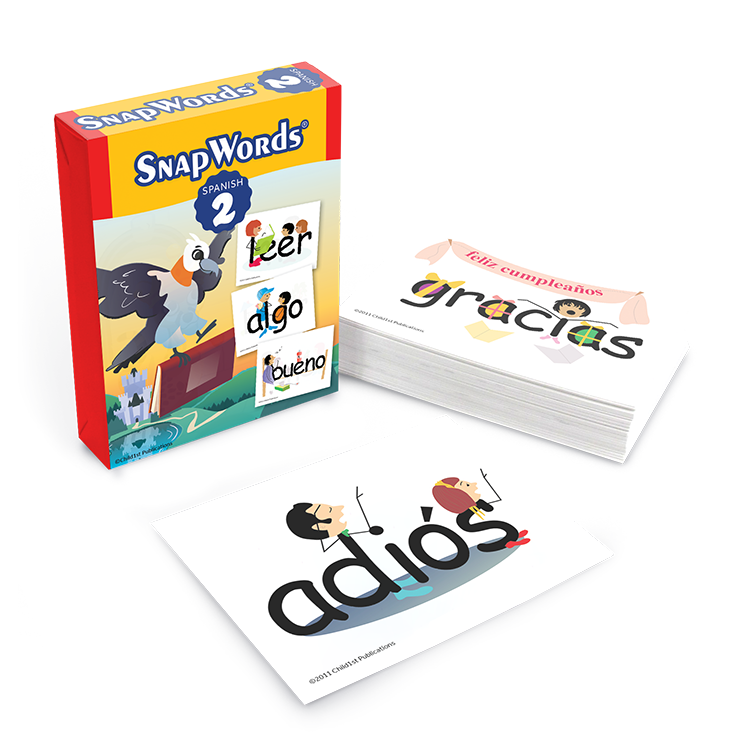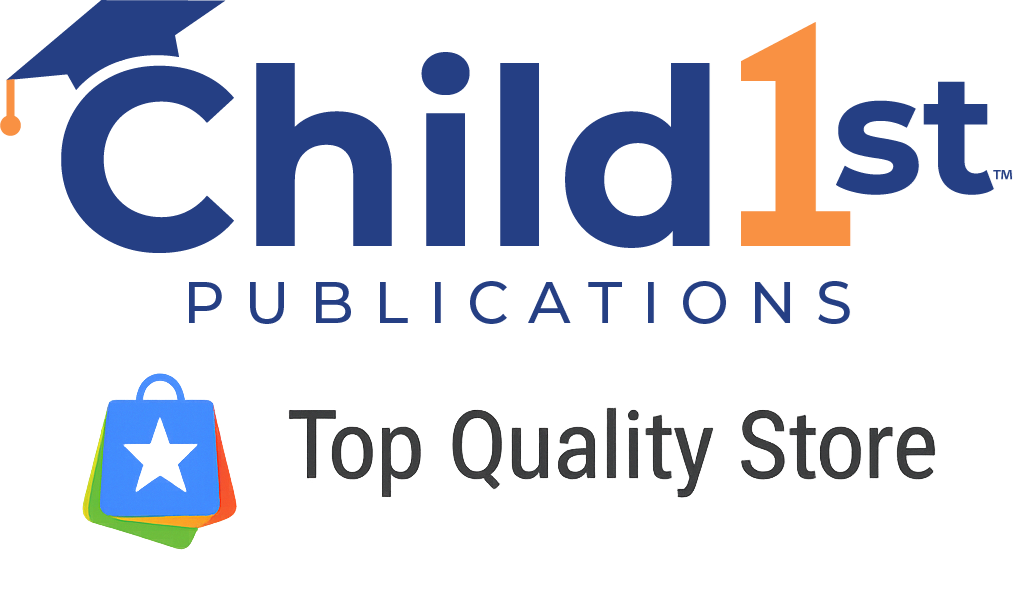As children progress in their language learning journey, expanding their vocabulary to include more diverse and complex words is crucial. Research indicates that a rich vocabulary is a strong predictor of reading comprehension and academic success (Biemiller, 2003). SnapWords® Spanish List 2 supports this development by introducing 62 high-frequency words that cover a wide range of essential language concepts, from actions and spatial relations to social interactions and sensory experiences. Whether you’re a parent aiming to nurture your child’s language skills or a teacher enriching your classroom resources, SnapWords® offers a research-backed, engaging approach to mastering a new language.
What’s Included:
- Spanish List 2: 62 high-frequency words covering a diverse range of vocabulary, verbs, nouns, adjectives, and more complex language concepts.
- Bonus Download: Access to interactive games from SnapWords® Mini-Lessons, designed to reinforce language learning through play.



